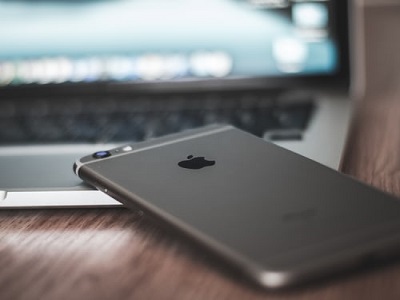

What distinguishes iOS is not simply its cutting-edge capabilities and clean appearance; it is also the company's dedication to making these devices accessible to all users, regardless of physical or sensory limitations. This essay delves into the realm of iOS accessibility and how Apple's commitment to diversity is changing how we engage with technology.
Apple's accessibility strategy is strongly embedded in the company's basic beliefs. The late Steve Jobs famously said, "We don't make products for a particular group of people; we make products for every single person." This concept is clear in the way iOS is structured, ensuring that any individual can harness the potential of these devices.
Voice-over, a screen reader that delivers spoken explanations of on-screen items, is at the heart of iOS accessibility, allowing those with visual impairments to utilize iOS devices. Voice-over makes it simple for users to navigate the device's UI, read text, interact with programs, and even browse the web.
Another important feature that allows persons with motor disabilities to connect with iOS devices is Switch Control. Users may manage the tablet using several switches, scanning motions, and programmable shortcuts by connecting external adaptable devices. This capability allows you to browse the smartphone, access apps, and even perform more complicated tasks such as sketching or playing games.
For those with limited vision, iOS includes the Magnifier app, which turns the device's camera into a magnifying glass. Display Accommodations also include options such as Bold Text, Increase Contrast, and Reduce Transparency, all of which create a visually comfortable experience for users with varied degrees of visual impairment.
The Sound Recognition function in iOS employs machine learning to recognize and inform users of certain noises such as sirens, doorbells, or smoke alarms. Individuals with hearing impairments benefit from this by being aware of their surroundings and perhaps receiving life-saving information.
Assistive Touch is intended for those with motor limitations, although it is a feature that anybody may use. It allows for additional methods of device control, including touch gestures, device shaking, and even facial expressions. Custom gestures may be created by users, making device interaction more flexible and adaptable.
Users can attach specialized Braille devices to their iOS smartphones since iOS supports Braille displays. This allows blind or low-vision persons to read and navigate the screen. Users may also utilize Braille Screen Input to enter Braille directly on the screen, which is subsequently transformed into text.
Individuals with cognitive impairments benefit from Guided Access by limiting device capabilities to a specific app or activity. With triple-press shortcuts, Accessibility Shortcuts enable rapid access to accessibility capabilities, ensuring that users can simply activate the features they require.
In conclusion, Apple's commitment to accessibility extends beyond simply regulatory compliance; it is a commitment to making the power of technology available to everybody, regardless of physical or sensory ability. iOS accessibility features attempt to enable users to discover the full potential of their devices, allowing them to live more autonomous and satisfying lives.
In a world where technology may sometimes create obstacles, iOS accessibility stands as a beacon of inclusion. It highlights how, when intelligently constructed, technology can be a catalyst for positive change, breaking down boundaries and allowing individuals of all abilities to fully engage in the digital era. The accessibility features in iOS demonstrate the transformational power of technology when it is developed with empathy, care, and the idea that everyone deserves the opportunity to realize its full potential.
Visit our website https://nextelle.co.nz/.
#Apple #iphone #connectivity #smartphones #smartphone #phone #mobile #mobilephones #Mobilephone #NextelleWireless











